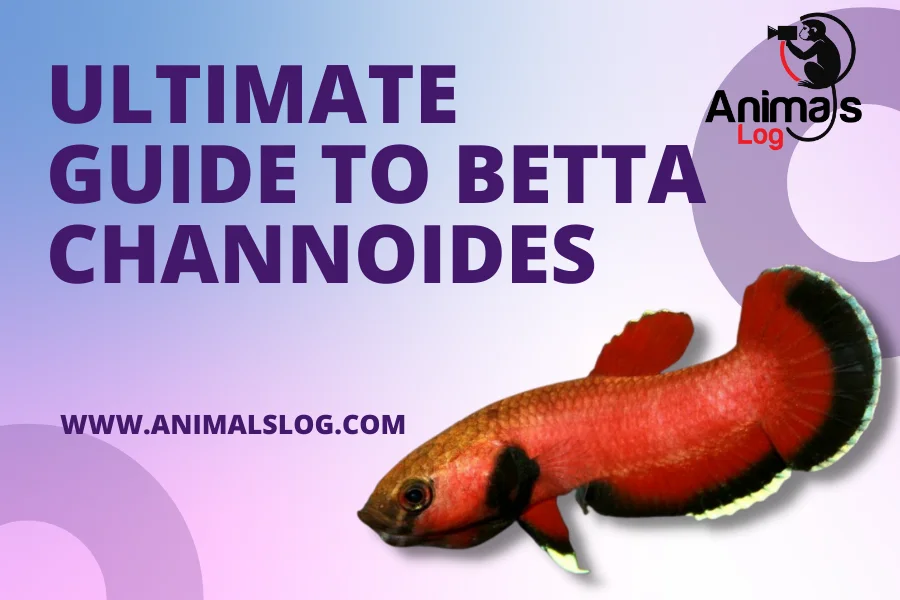Betta fish is undoubtedly increasing in popularity as aquarium fish. Besides having a brightly colored body and widespread fins, betta fish also comes in over 70 different varieties, differing from one other based on color, size, and other factors. One of the more recognized betta breeds is the betta miniopinna.
Betta miniopinna is an Indonesian orgined betta fish. It is comparatively smaller in size (1.25 to 1.5 inches) than your average betta fish that can grow about 2.5 inches in length. It is a reasonably low-maintenance fish requiring similar water conditions as an average betta fish. However, a miniopinna can survive in a slightly acidic environment. They are also solitary creatures and prefer to be alone owing to their aggressive nature.
About Betta Miniopinna
As stated earlier, betta miniopinna originates from the northern parts of Indonesia that are mainly characterized by blackwater and a thick canopy with minimal sunlight penetration. This water is highly acidic and has a high concentration of decaying organic matter.
An average betta fish can grow up to 2.25 to 2.5 inches in length as they grow old. However, in the case of a betta miniopinna, they can only grow about 1.5 inches in length throughout their lifetime. Additionally, a miniopinna is rather skinny than an average betta fish, which is bulkier in appearance.
While betta fish come in various color combinations and exteriors, a miniopinna usually comes in the color red. Moreover, a miniopinna possesses more predorsal and lateral scales than your average betta fish.
You may also wonder how to distinguish between a male miniopinna and a female miniopinna. Like any other betta fish, a male betta miniopinna shows forth more brightly colored fins than a female one, which is rather dull in appearance.

Betta miniopinna is one of the fish listed in the critically endangered species list issued by IUCN. Such lack of existence stems from the fact that there has been a massive increase in construction projects and urbanization that is driving these fish from their ideal habitat.
Keeping a miniopinna is relatively easy as long as all the tank conditions and water parameters are checked. They exhibit moderate aggression towards other fish and may be kept in pairs if the tank size is within the required amount.
Keeping A Betta Miniopinna
There are a few things to consider before adding a betta miniopinna to your aquarium. You should have no problems nurturing them as they are relatively low-maintenance fish. Tank conditions are influenced by various parameters such as water temperature, pH level, water quality, and water current. All of these parameters must be within the determined limit to keep your betta fish stress-free.
Tank Requirements

When it comes to tank requirements, the first thing that comes to mind is the required tank size. According to conventional practice, every inch of a fish requires at least one gallon of water. The choice of the tank must be optimum as an inadequate tank size may stress out your betta fish.
If you are planning to keep a miniopinna all by itself, then, according to the ‘one gallon per inch’ rule, a miniopinna requires a tank at least 2 gallons in size. However, miniopinnas are generally kept in pairs for breeding purposes. In that case, a minimum of 5 gallons is required.
On the other hand, a larger tank is usually recommended because it is easier to manage due to the delayed water changes and adequate swimming space for the betta fish. You will need plenty of tank decor, including plants, driftwood, caves, and so on, in addition to a large tank.
With the addition of the decors, your betta fish will have plenty of hiding places in the tank. Just make sure there are no sharp edges on the tank decorations that could injure the betta fish’s delicate fins. Although these bettas usually prefer darker surroundings, a fully functional LED lighting system is recommended.
Betta miniopinnas do not require a substrate, although a sand substrate with leaves will assist in maintaining the water pH low and provide you a good view of the betta fish. To develop a betta miniopinna biotope tank, you may also consider adding dried leaf residue to your tank for additional cover and healthy growth of microbe colonies that aid in the decomposition process.
Water Parameters
A miniopinna requires water that is between 70 and 78 degrees Fahrenheit. Using a thermometer to check the temperature of the water and a working store-bought water heater, you may manage the temperature of the water by maintaining it within this range.
A betta miniopinna fish demands slightly acidic water. Their water should have a pH of between 5 and 7.5. Anything outside of this range will almost certainly stress your betta fish. Get a water pH kit from any fish store to test the pH level of the water in the tank.
Water quality and hardness also play an important in determining the health of the betta fish. It should be noted that the water hardness for a betta miniopinna should be within the range of 18-90 ppm. Water should be free from harmful elements like ammonia, chlorine, and nitrates.
Dietary Needs

Like all betta fish, a betta miniopinna also follows a carnivorous diet. As a result, this betta fish requires a high-protein diet. An ideal betta fish’s diet should include various foods, including betta pellets, betta flakes, frozen brine shrimp, daphnia, and bloodworms.
Overfeeding a betta fish can cause bloating and constipation. It would help if you only fed your betta fish once or twice a day. You can also feed your miniopinna, earthworms, and tubifex worms. Only feed your betta as much food as it can consume in 30 to 45 seconds.
FAQs On Betta Miniopinna
How much does a betta miniopinna cost?
Since it is listed as a critically endangered species by the IUCN, it is pretty steeply-priced. One miniopinna can go anything between $45 to $50 in the market.
How long can a betta miniopinna live?
If proper care is taken and provided to them, betta miniopinnas can live up to 2 to 5 years in a contained environment.
Is betta miniopinna rare?
YES. Betta miniopinnas are pretty rare if we try to find them naturally, as they are marked as a critically endangered species by the IUCN.
Final Thoughts
Thus, if you want to keep a betta fish, a betta miniopinna is a fine choice. It is a low-maintenance fish with a showy appearance. It is a little costly, but you can enjoy its beautiful movements in the years to come. Just make sure that the tank conditions are adequately met.








